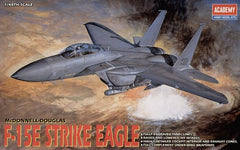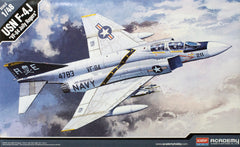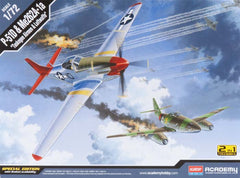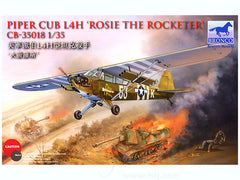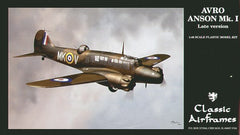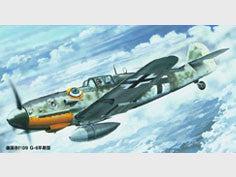
The stepped-up Allied bomber offensive against Germany and occupied Europe, forced the Luftwaffe to use the elderly Bf 109G series in a variety roles to try to counter the overwhelming numbers of Allied planes. Though the Fw 190, a more ideal bomber intercepter because of its heavy armament, did not have the altitude performance necessary, nor the numbers to effectively stem the tide, the Bf 109G-6 was launched to take a number of roles for which it was unsuited and its performance suffered further. Like the Bf 109G-1 and G-2 the BF 109G-5 and G-6 were produced in parallel and were essentially pressurized and no pressurized versions of the same variant. The non-pressurized Bf 109G-6 was much more numerous than the G-5, more widely used and was also much longer-lived, being introduced in early 1943 and still in first line service in 1945. The most widely produced versions of the G-6 were the R-3 fighter (300 liter drop tank), the R-6 fighter (MG 151/20 underwing guns) and the R-2 reconnaissance fighter (Rb 50/30 camera installation).

